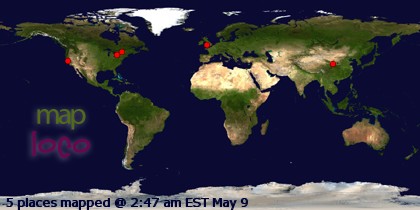Peter's FB post reminded me that I hadn't properly explained a previous blog post concerning The Four Levels of Zanshin
To expand their meaning I have described how they relate to kirioroshi and would refer readers to Ogura Sensei's interview which can be googled to get even more detail:
1. Sekka no kurai - The body of a rock - This is a reference to a spark from rocks when they are struck together. This means that the actual delivery of cuts is instantaneous with no warning of its impending delivery.
2. Tsuyu no kurai - The rain dripping from a leaf - This describes how one builds up to the cut just as a drip of water will accumulate at the tip of a leaf very gradually and then gravity finally overcomes viscosity and the drop falls.
3. Bonsho no kurai - The echo of the ringing of the buddhist bell - This describes the after effect of the cut - no movement, no signs of action or intention, just the low, deep echo of the event.
4. Hei no kurai - The fart that cannot be heard - I would suggest that this means that without any warning or sign, people around you just fall over dead. While humerous this does I believe have some reason of rhyme to it. It almost captures the previous three as one who can dispatch all their opponents with no apparent movement or effort.
The first three (which are supposed to be the legitimate levels) are of course not in order of the event i.e. first their would be tsuyu in the preparation of the cut, then sekka as the cut is delivered and then bonsho as post-cut zanshin takes place. The order is I believe supposed to indicate levels of expertise in the order in which they would be naturally learned.
First one learns to cut quickly, using effort and speed but ultimately where good technique means that natural speed and power occur without undue effort. This is Sekka no Kurai.
One then learns how to develop the johakyu leading up to the cut such that an opponent is unable to defend, dodge or counterattack the oncoming cut. One's taisabaki, balance, ashisabaki, ma-ai and merihari are all instrumental in developing the "build up".
Finally, the unmoving, unfettered mind and body which exist after the cut can be felt only like the echo of a bell, slowly fading as the event of killing one's enemy slips into the past. This is what we understand by the word Zanshin.
Anyway, just some of my thoughts and interpretations of things that I have heard or read from more senior practitioners and teachers. I have tried to visualise these aspects into my kata of late to what I think is a positive result.
Tuesday, 7 December 2010
Subscribe to:
Comments (Atom)





